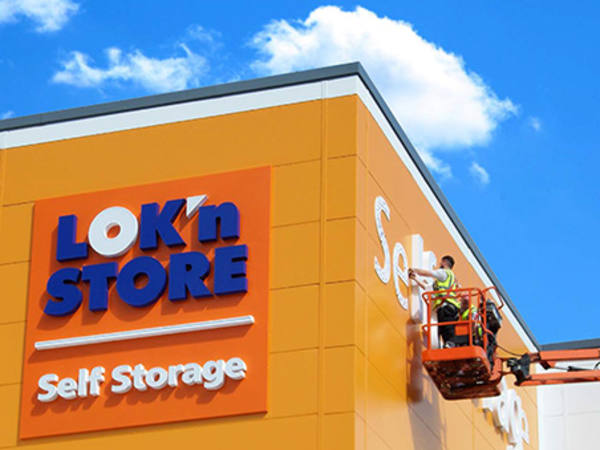- First-half distributions increase 40 per cent
- Strong growth forecast for full-year payouts
Sandy Chadha first tried to take Supreme (SUP) public in 2018, but backed away because he "couldn’t quite get the price” he was looking for to sell a stake in the business.
That changed in February when the Manchester-based manufacturer and distributor of consumable products such as batteries and e-cigarettes floated on Aim, raising gross proceeds of £67.5m through an offer that valued the business at £156m. Its shares have gained 35 per cent since listing, with the company’s market cap currently standing at just over £235m.
“As soon as we’ve gone public, I’ve had endless amounts of people wanting to sell their businesses to me and I’ve bought two businesses so far in the first four months,” he said.
Supreme’s listing is one of 56 to take place on London Stock Exchange’s (LSE) junior market market in the first eight months of this year, with the £1.07bn collectively raised more than double the proceeds that companies were able to generate either in 2019 or 2020.
“The whole private capital market is awash with cash,” said Michael Timmins, a partner in EY’s strategy and transactions division.
The buoyancy that equity markets have experienced globally since March last year has breathed new life into Aim, where the number of listed companies had more than halved since its heyday in 2007.
Aim previously experienced two peaks – one around the dotcom bubble in 1999 and a second in the run-up to the global financial crisis, which was partly spurred by a commodities ‘supercycle', with lots of non-UK-domiciled resource companies listing in London to raise capital, said Matt Cable, a fund manager in Jupiter Asset Management’s (JUP) UK small and mid-cap companies team.
“Many of the companies from this era were poorly run or ceased to have a viable business case once the supercycle abated and it has taken a number of years for them to go bust, be bought or otherwise leave the market,” he said.
Rising dividend payouts
The market is no longer the preserve of long shots, though. Mr Chadha’s company was started by his father, GS Chadha, more than 45 years ago and he has set a policy of paying out half of the company’s profit as a dividend.
Dividend paying is much less common among Aim companies than their main market counterparts because the businesses are generally less mature. But Aim dividends held up reasonably well during the pandemic, slightly outperforming the main market. Dividends for Aim companies fell 40.4 per cent in the 12 months ending in March, compared with 41.6 per cent for main market companies, fund administrator Link Group (ASX: LNK) said in its latest Aim Dividend Monitor report.
First-half dividends by Aim companies increased 19.5 per cent to £432m, which was ahead of expectations. Add in a record £125m in special dividends and the total half-year payout jumped 40.7 per cent year on year.
“The strong performance reflects the miraculously early rollout of vaccines that has boosted corporate confidence, and the successful policy response in terms of economic support. But it is also a testament to the creative power of many Aim companies to adapt their operations,” the report said.
A number of names have frequently appeared among the ranking of top dividend payers on Aim in recent years, such as flooring manufacturer James Halstead (JHD) and Indian outsourcing company iEnergizer (IBPO).
There’s “a bit of a misconception” about Aim being purely a growth market, said Brendan Gulston, co-manager of the LF Gresham House UK Multi Cap Income fund.
“I think that isn’t true. I think there are some very boring, stable dividend-paying businesses that aren’t necessarily going to grow that fast,” he said.
Link Group forecasts that full-year dividends for Aim companies will grow 21.9 per cent this year. Add in one-off dividends and headline payouts are set to increase 32.2 per cent to almost £1.08bn. Yields are set to fall to 0.8 per cent, from 1.1 per cent a year ago, but this is largely because share price growth has outpaced payouts.
The heightened valuations also mean there are no immediate signs of a slowdown in terms of new market entrants.
“I know there’s at least half a dozen that will come in September,” Timmins said. “We have a lot thinking about Q4 but you are probably looking at one of the most active years on Aim in the past 10 years.”
Whether another Aim IPO bubble is on the horizon is something that remains to be seen, Jupiter’s Cable said. "I suspect investors will have learned valuable lessons from the past.”








